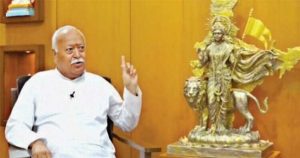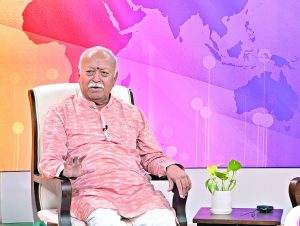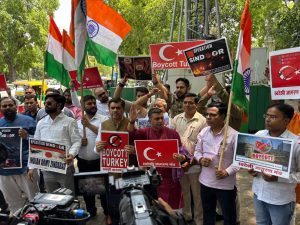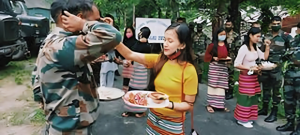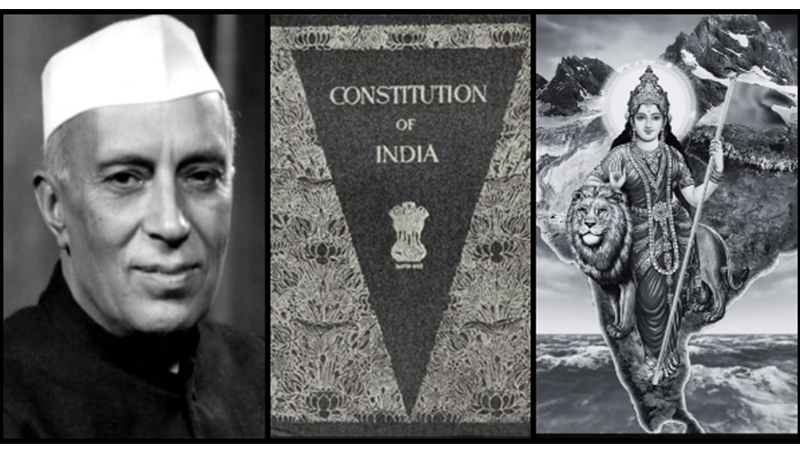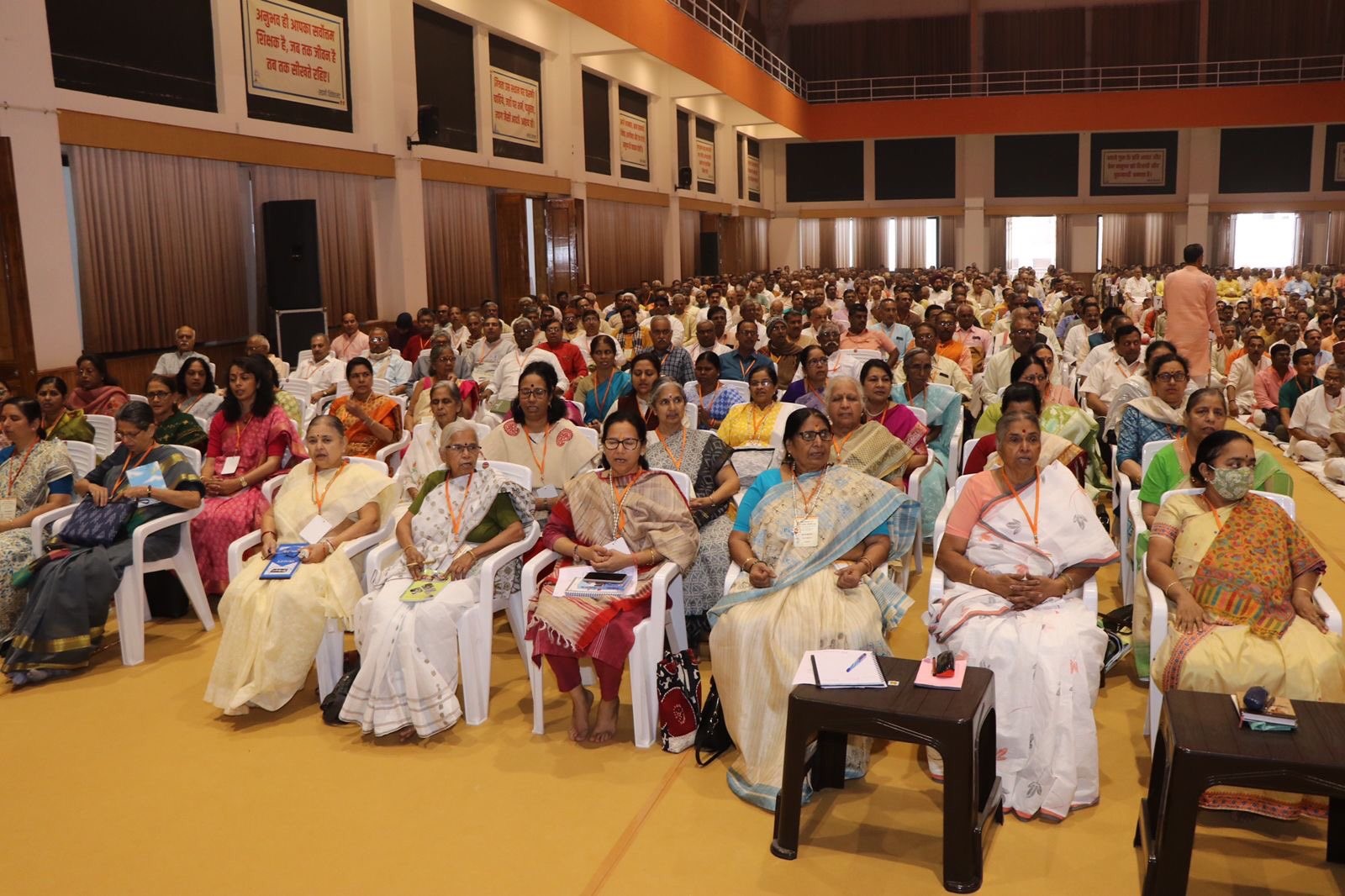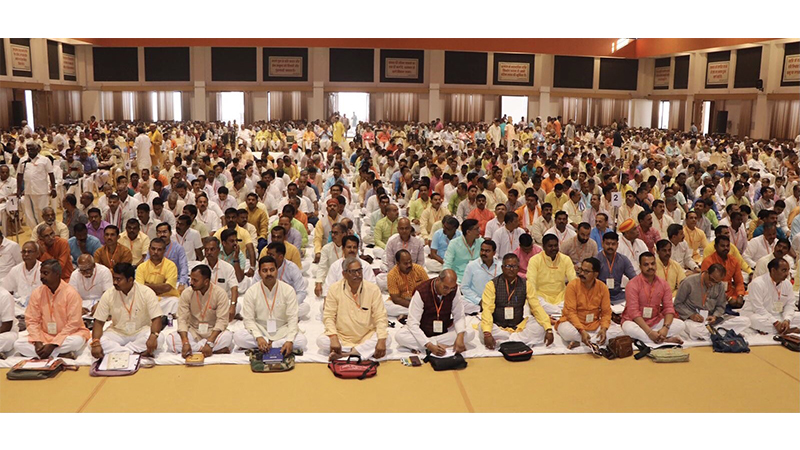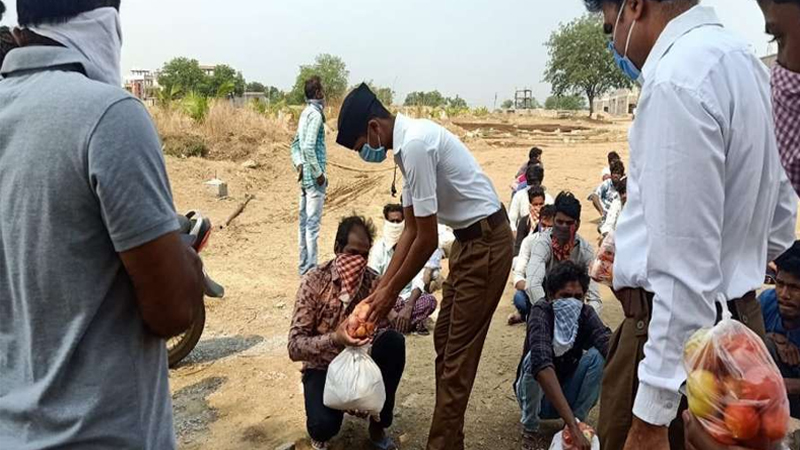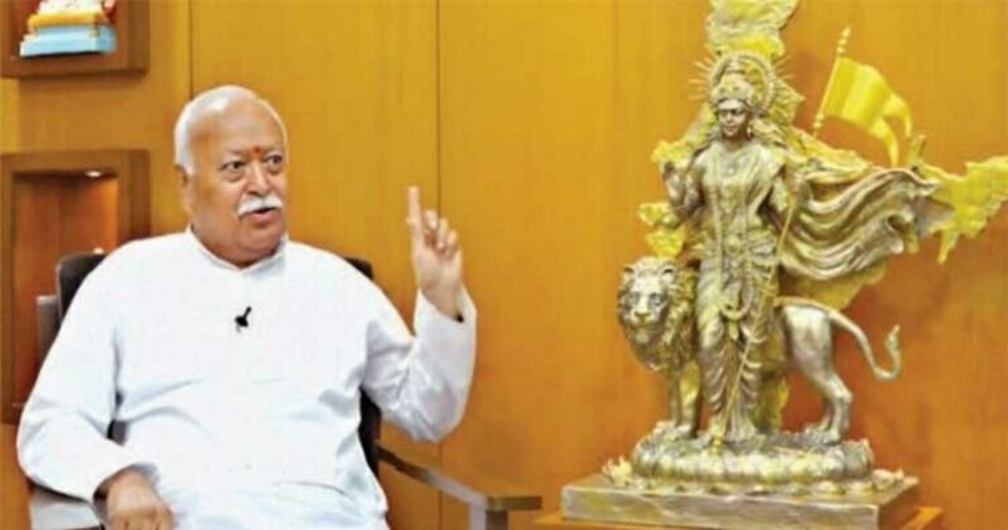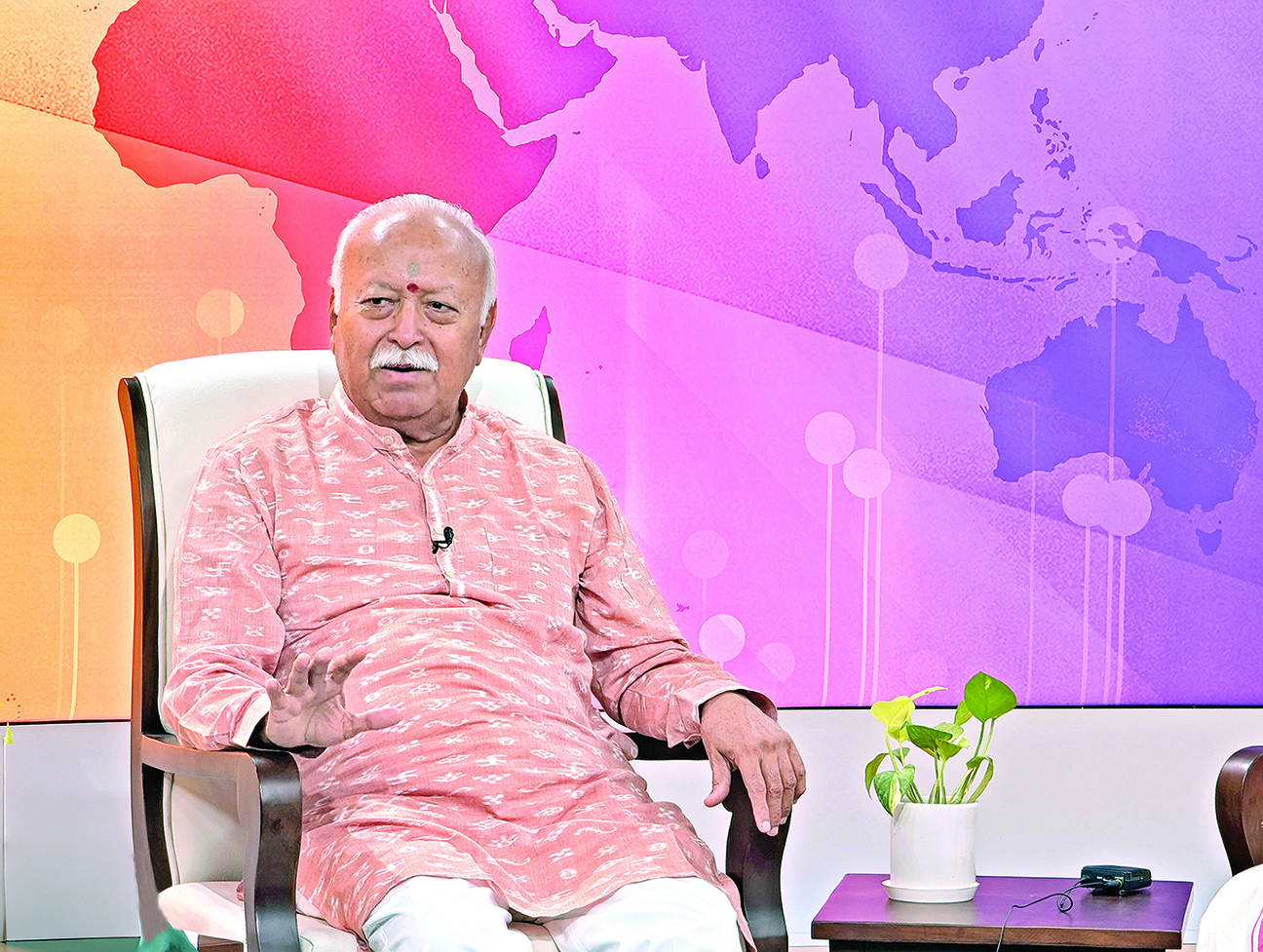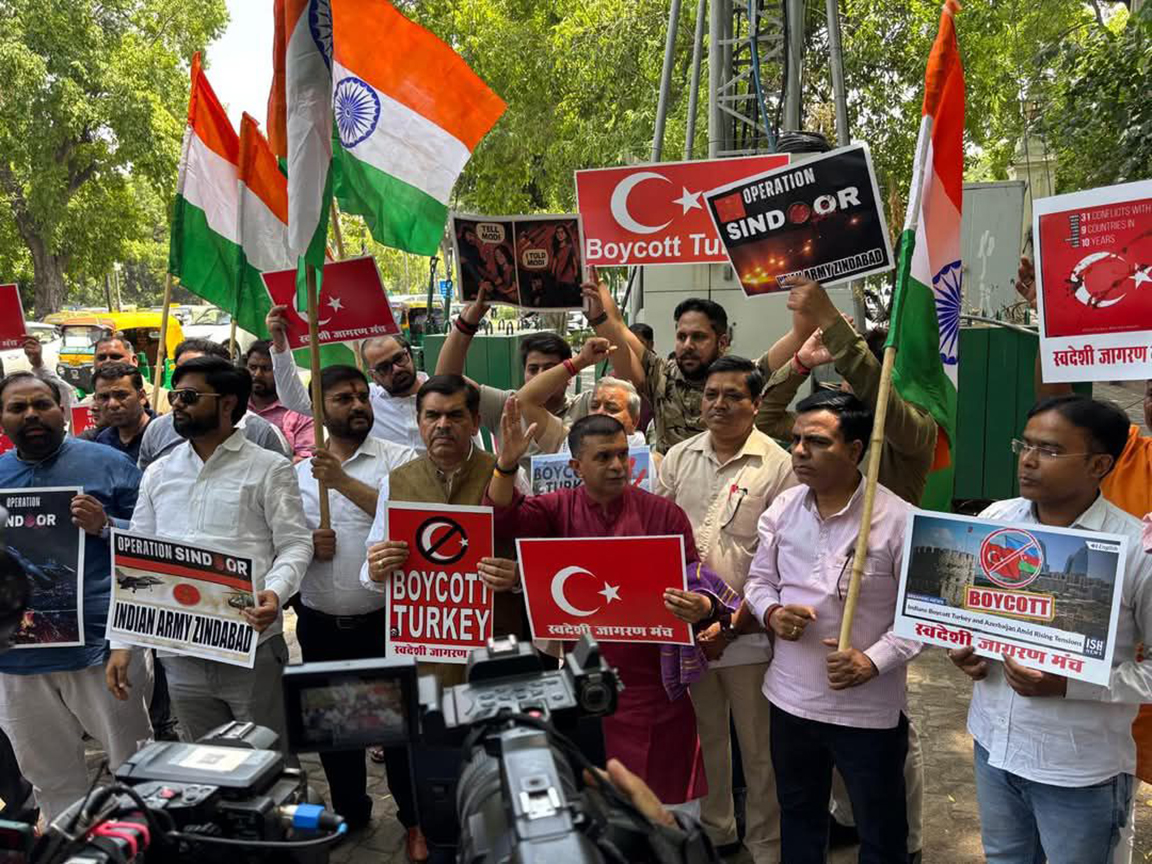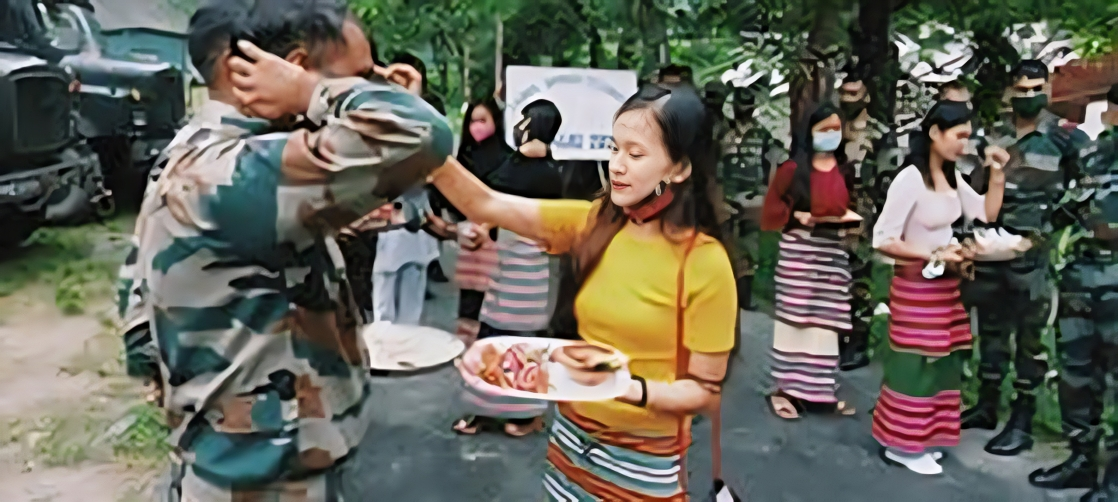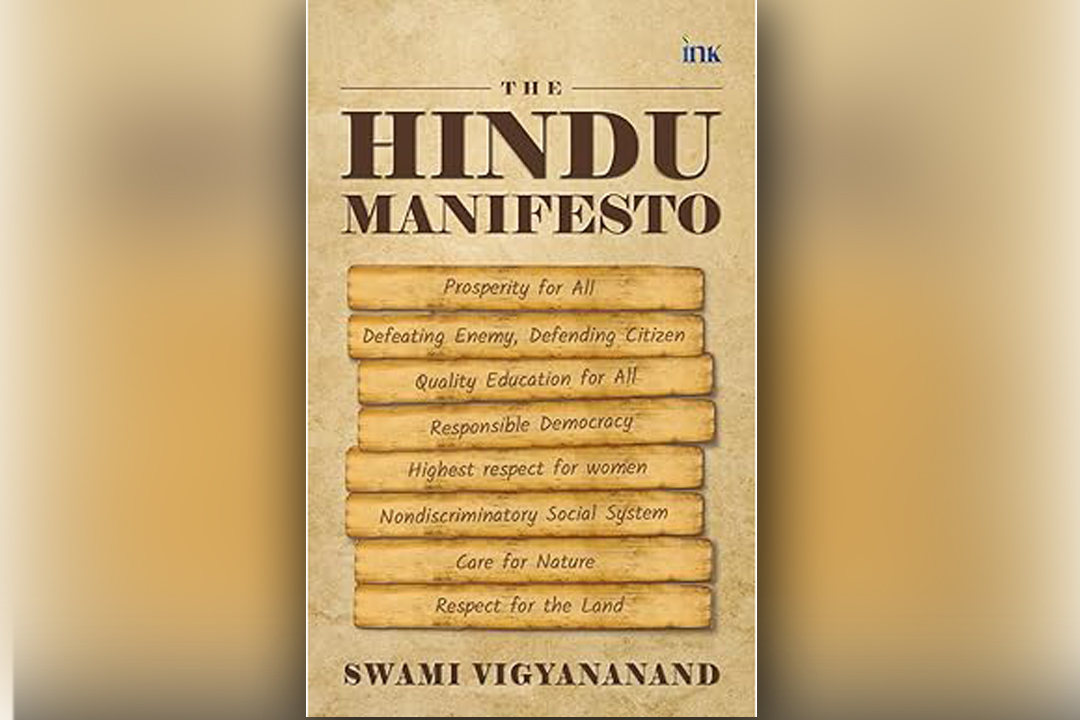Key moments in the 99-year-old journey of RSS influencing its evolution
Updated: October 1, 2024 12:51
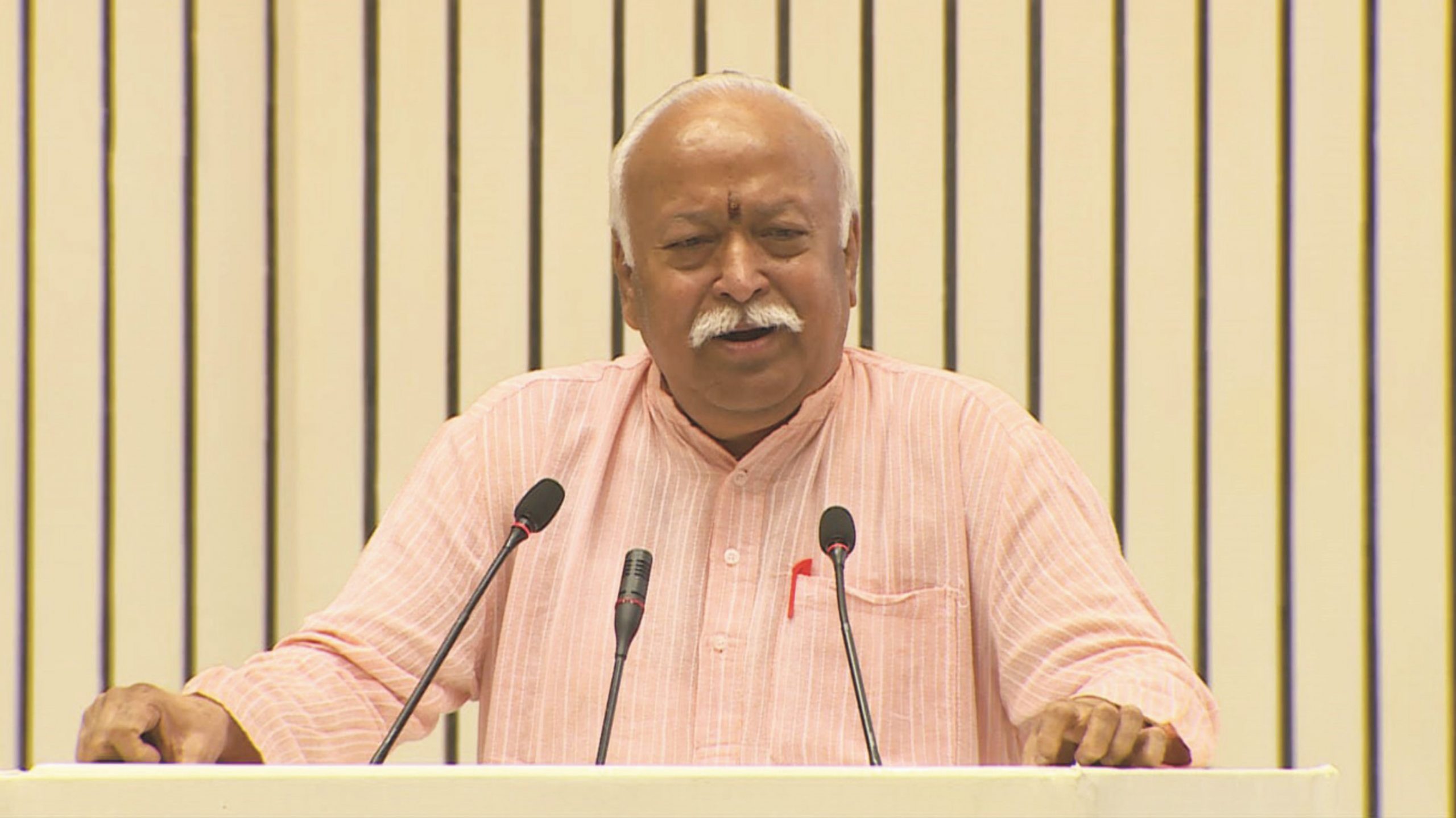
The Rashtriya Swayamsevak Sangh (RSS) is the largest voluntary organisation in the world and its volunteers run more than three dozen organisations across the country. These organisations include India’s largest labour, farmers’, tribal welfare, educational, social service organisations.
The RSS is going to enter its 100th year on the auspicious occasion of Vijaydashami that falls on 12 October 2024 according to Gregorian calendar. The RSS was founded in 1925 on Vijayadashami. RSS celebrates its foundation day every year on Vijayadashami when the Sarsanghchalak (Chief Mentor) of the organisation delivers his annual address that provides a guiding framework, in the contemporary context, for Sangh and other organisations inspired by it.
Here are some of the key moments in the 99-year-old journey of RSS that deeply influenced its evolution:
- The RSS was founded on the festive day of ‘Vijayadashmi’, also known as ‘Dussehra’, in 1925. It is interesting to note that the RSS was founded by Dr Keshav Baliram Hedgewar with a group of only 15-20 young men and teenagers. Those who were present there included BhaujiKawre, Anna Sohni, Vishwanathrao Kelkar, Balaji Huddar and Bapurao Bhedi, all of whom played a major role in shaping the organisation in initial years.
- The first daily ‘shakha’ of the RSS actually began from 28 May 1926, which had a regular schedule. The place where a daily gathering of the initial volunteers or swayamsevaks of the RSS took place was Mohitewada Ground in Nagpur, which is currently part of the sprawling RSS headquarters complex. At present, the RSS has more than 60,000 daily shakhas. The daily shakha is at the core of RSS’ structure and functioning.
- The RSS got its present name almost six months after it was founded. On 17 April 1926, Dr Hedgewar called a meeting at his house in which 26 swayamsevaks participated. A detailed discussion followed to decide the name of the organisation for which everyone contributed their ideas. None of them were aware that the name decided at the meeting would one day find huge resonance across the globe in the years to come. Several names were suggested and finally the name Rashtriya Swayamsevak Sangh was chosen.
- The Saffron Flag, commonly known as ‘BhagwaDhwaj’, is considered to be the ‘Guru’ by all swayamsevaks. When the RSS was started, several swayamsevaks wanted its founder Dr Hedgewar to be designated as the ‘Guru’, as he was the most revered figure among them and every swayamsevak looked up to him as an ideal. But Dr Hedgewar decided that the Saffron Flag should be the ‘Guru’.
- Every year on the day of ‘Vyas Poornima’, according to the Indian calendar, the Saffron Flag is worshipped formally. This is known as ‘Gurupuja’ and is one of the six main festivals the RSS celebrates every year. The first ‘Gurupuja’ in RSS was organised in 1928 where the ‘BhagwaDhwaj’, was formally worshipped as the ‘Guru’ for the first time. Since then, there has been no break in this tradition and the Saffron Flag continues to occupy the highest pedestal in the RSS hierarchy. It is the ‘Supreme’, even above the Sarsanghchalak. It is unfurled on every daily shakha everyday.
- “Pracharak’ or full-time workers are the backbone of RSS’ organisational structure. The first batch of pracharaks included Dadarao Parmarth, Babasaheb Apte, RambhauJamgade and GopalraoYerkuntwar. In the second half of 1932, they became full-time workers of the RSS and were deputed in different parts of the state of Maharashtra to carry forward the RSS work. Today, the RSS has more than 4,000 full-time workers.
- Training camps are a crucial part of the RSS’ organisational process that is at the core of building a highly committed cadre. The first major RSS training camp was held at Nagpur in 1929. It was organised for 40 days from 1 May to 10 June. Initially, these camps were called ‘summer camps’, as they were organised during the summer vacations. At present, thousands of these camps are organised at district, state and national levels with lakhs of volunteers participating in them and coming out as highly motivated cadres. Many of them become full-time workers. In 2024, a total of 72 camps were organised across the country for Swayamsevaks below 40 years of age and a total of 20615 volunteers took training. Around 3335 Swayamsevaks participated in 18 camps organised for people between 40 to 65 years of age group.
- An important meeting of the RSS brass was convened in February 1939 at a place called Sindi, around 50 km away from Nagpur. It was organised at the residence of a senior RSS functionary NanasahebTalatule. RSS founder Dr Hedgewar, MS Golwalkar popularly known as ‘Guruji’, Bala Saheb Deoras, Appaji Joshi, Vithalrao Patki, Tatyarao Telang, Babaji Salodkar and Krishnarao Mohril participated in the meeting. Several important decisions, which had a long-lasting impact on the way RSS functioned, were taken at this meeting. These decisions had definitive influence on the structure of the RSS.Those who attended the meeting conducted a detailed review of the way RSS functioned from 1925 to 1939 and decided to bring uniformity. Marathi and English were replaced by Sanskrit as a medium of instruction and it was decided that the instructions issued at the RSS shakhas will be in Sanskrit henceforth.The issue of developing an RSS prayer in Sanskrit was also discussed. The essence of the RSS’ prayer was initially penned in Marathi and then the ‘Karyavah’ (Head) of Mohite Shakha at Nagpur, Narayanrao Bhide, who was known to be an expert in Sanskrit, was entrusted with the responsibility of converting the Marathi prose into a Sanskrit prayer. He did his job so well that, with hardly any changes, the Sanskrit translation was accepted by all.This Sanskrit prayer was recited in the next RSS camp held at Pune in the presence of Dr. Hedgewar and Guru Golwalkar for the first time. The same Sanskrit prayer is recited even today in the RSS shakhas without any change.
- In 1940, the founder of RSS, Dr Hedgewar passed away and M.S. Golwalkar took over as the RSS’ second Sarsanghchalak. He spent the next 33 years leading from the front and turning a small organisation into a pan-India outfit. Most of the RSS-inspired organisations came into existence during his tenure, expanding its reach to every walk of life. One of the most important among them — the BharatiyaJanasangh — which was the BJP’s predecessor was set up in 1952 by Dr Syama Prasad Mookerjee.
- In 1974, RSS’ third SarsanghchalakBalsahebDeoras, in his declaration, said, “If untouchability is not wrong, nothing in the world is wrong”, which fired the imagination of swayamsevaks and provided a great fillip to national efforts to fight the menace of untouchability, a major curse of the Indian social system.This also resulted in the Sangh making a big foray into the field of social service for marginalised sections of the society. At present, RSS volunteers under the banner of different organisations are running around two lakh service projects across the country.
- In 1983, the RSS took a plunge into the Ramjanmabhhomi movement. Vishwa Hindu Parishad, an organisation inspired by the RSS, led from the front. The movement finally culminated on 22 January 2024 with the consecration ceremony at the glorious Ram Temple at Ayodhya.
- In the past 99 years, the RSS has been banned thrice — 1948, 1975 and 1992. In 1948, the organisation was banned after the assassination of Mahatma Gandhi, in 1975 it was banned during Emergency and in 1992, it was banned after demolition of the disputed Babri structure at the birth place of God Rama in Ayodhya. Every time the ban was lifted, the RSS was absolved of the false charges levelled against it by the authorities and it came out much stronger.
The RSS Constitution was drafted after the ban was lifted in 1949. During 1975-77, the RSS led an underground movement to restore democracy from the front and its role was recognised globally.After the ban imposed in 1992 was lifted in 1993, the Indian polity witnessed a major paradigm shift with ‘Hindutva’ getting established as a core issue subsequently leading to a major transformation of the Indian public discourse that we are witnessing today.
- A three-day conclave (17-19 September 2018) at Vigyan Bhawan in New Delhi was addressed by the sixth Sarsanghchalak Mohan Bhagwat where he revealed the RSS’ roadmap for the 21st century and presented the RSS worldview.People from all walks of life were invited and the Sarsanghchalak concluded the session with an exhaustive Q&A session taking questions from mostly those who hadn’t been part of the RSS. This event was the first of its kind in the history of the RSS as it was considered to be a major outreach initiative of Sangh.The content of this address where Sarsanghchalak spoke for around two hours for consecutive three days is considered to be the guiding framework for the RSS in contemporary context as it is set to enter its 100th year.
